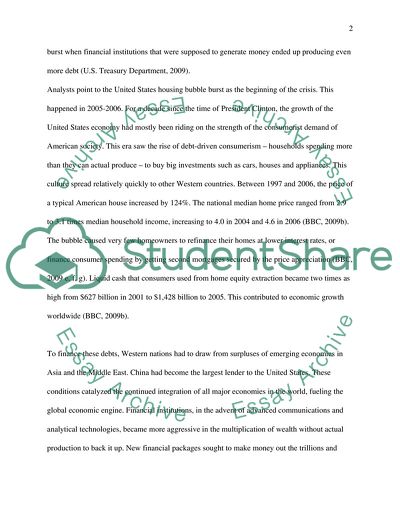Cite this document
(Financial Crisis in the UK Research Paper Example | Topics and Well Written Essays - 2000 words, n.d.)
Financial Crisis in the UK Research Paper Example | Topics and Well Written Essays - 2000 words. Retrieved from https://studentshare.org/macro-microeconomics/1725644-financial-systems-and-institutions
Financial Crisis in the UK Research Paper Example | Topics and Well Written Essays - 2000 words. Retrieved from https://studentshare.org/macro-microeconomics/1725644-financial-systems-and-institutions
(Financial Crisis in the UK Research Paper Example | Topics and Well Written Essays - 2000 Words)
Financial Crisis in the UK Research Paper Example | Topics and Well Written Essays - 2000 Words. https://studentshare.org/macro-microeconomics/1725644-financial-systems-and-institutions.
Financial Crisis in the UK Research Paper Example | Topics and Well Written Essays - 2000 Words. https://studentshare.org/macro-microeconomics/1725644-financial-systems-and-institutions.
“Financial Crisis in the UK Research Paper Example | Topics and Well Written Essays - 2000 Words”, n.d. https://studentshare.org/macro-microeconomics/1725644-financial-systems-and-institutions.


